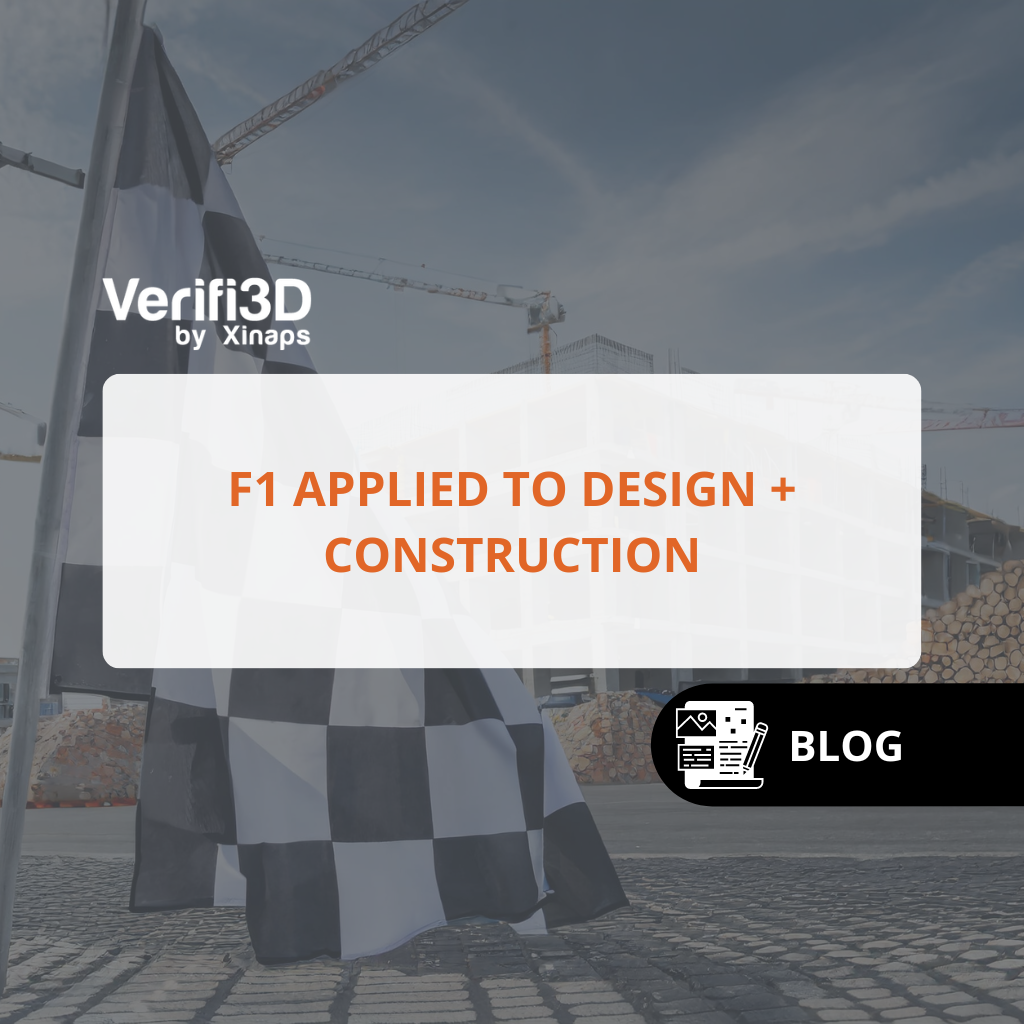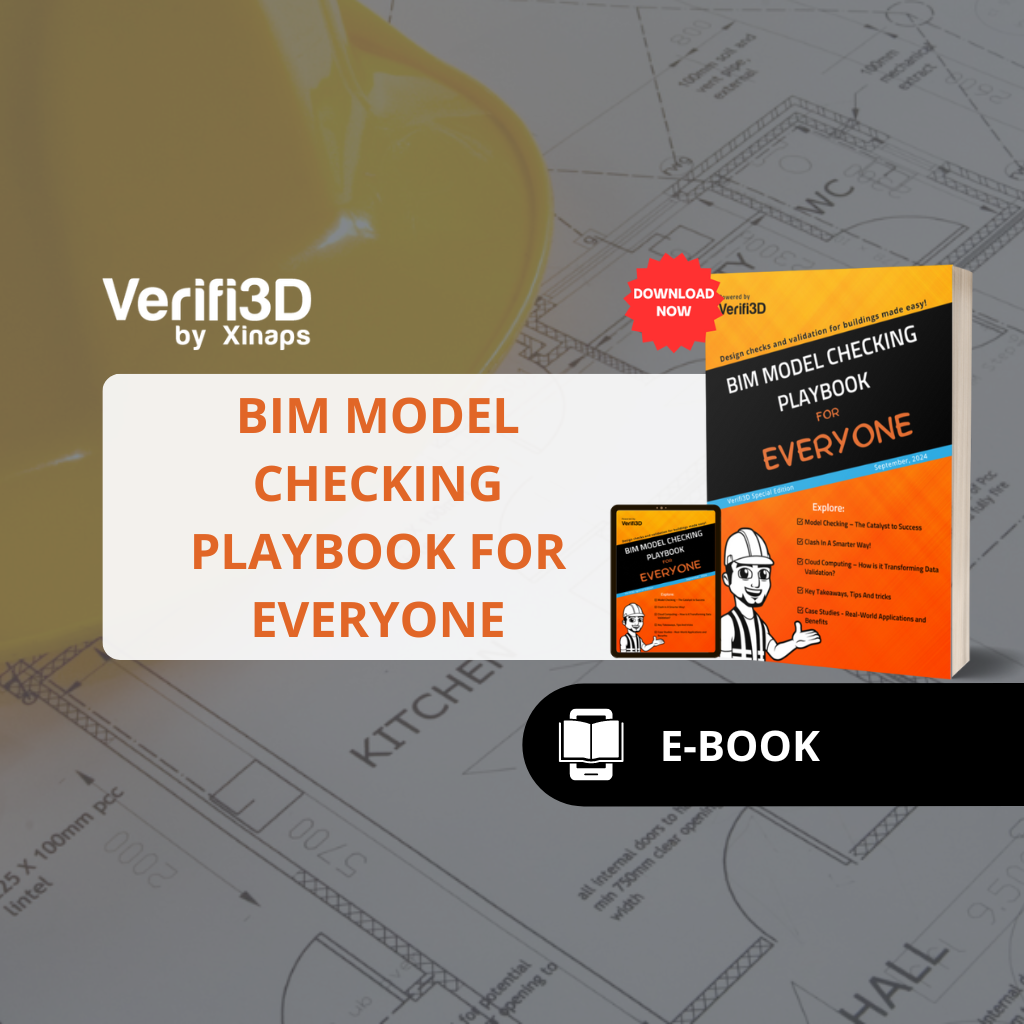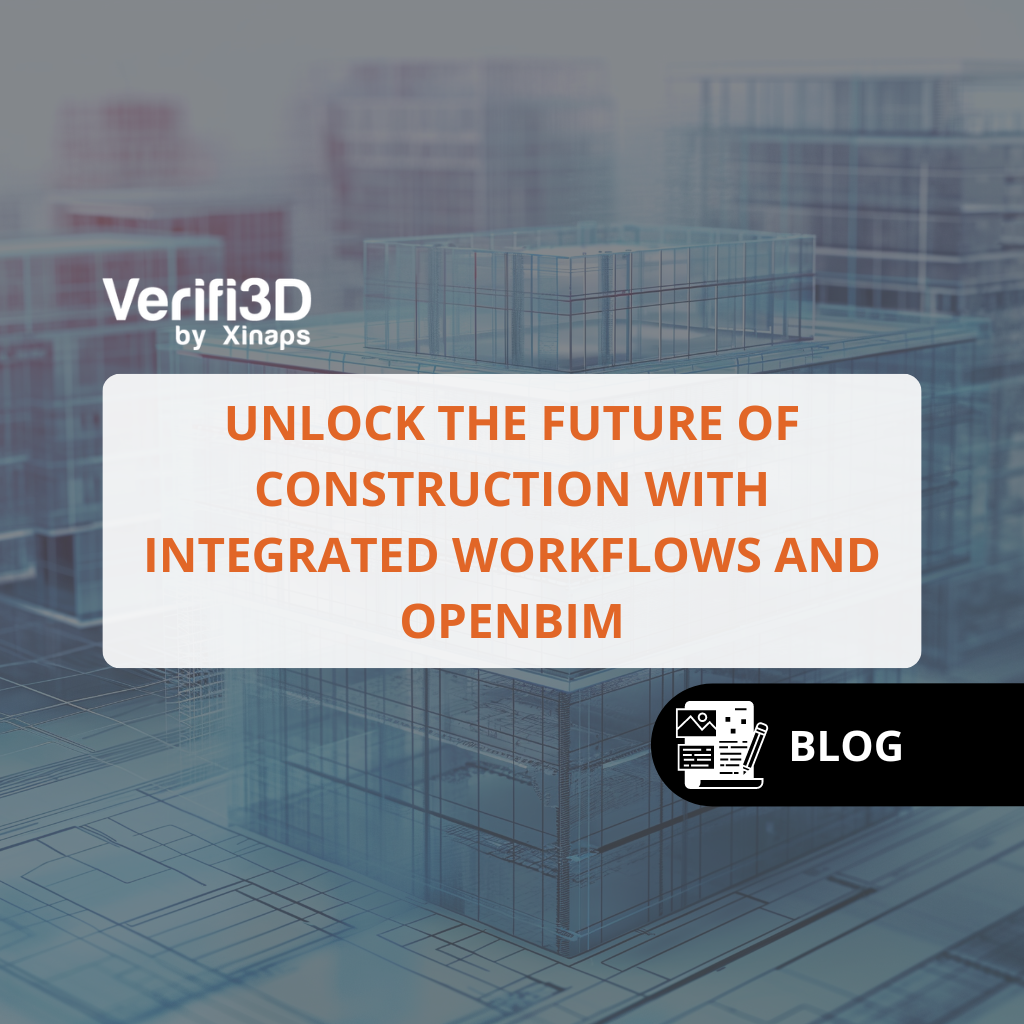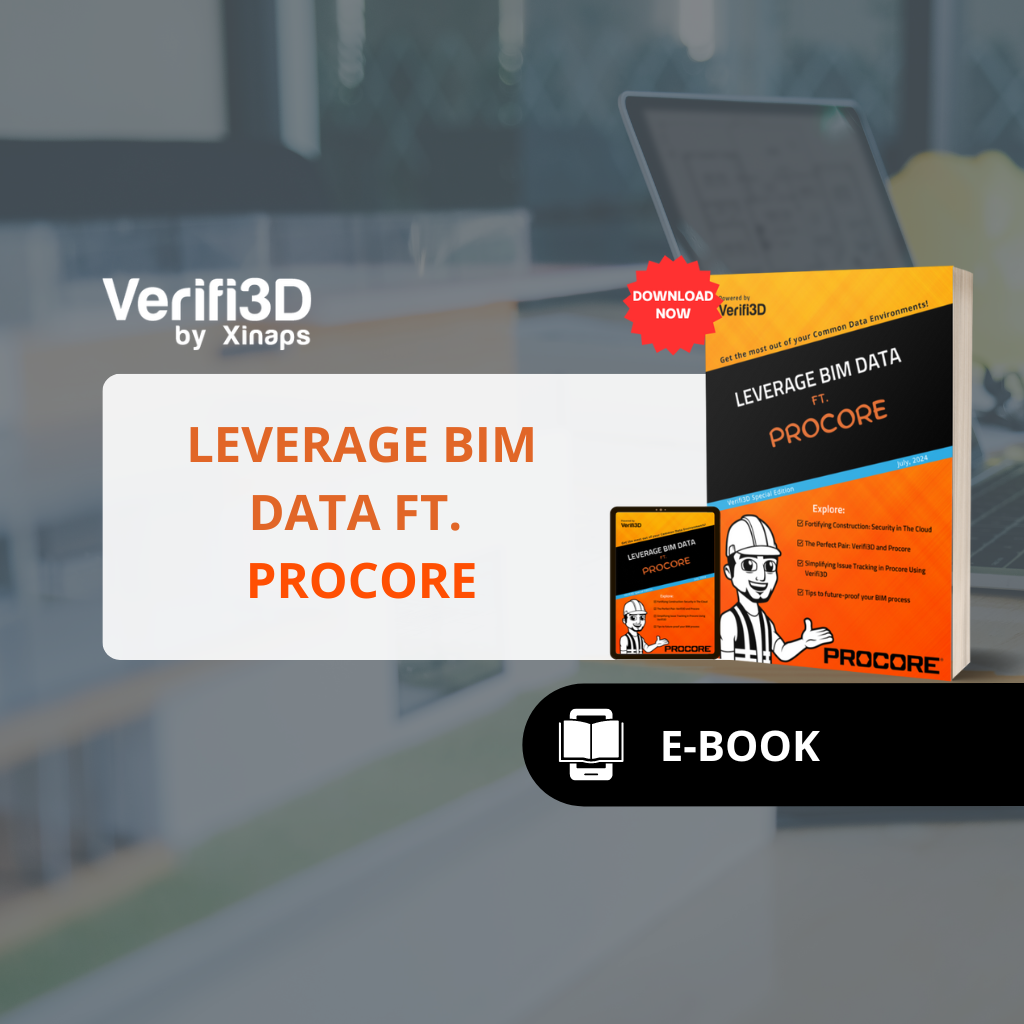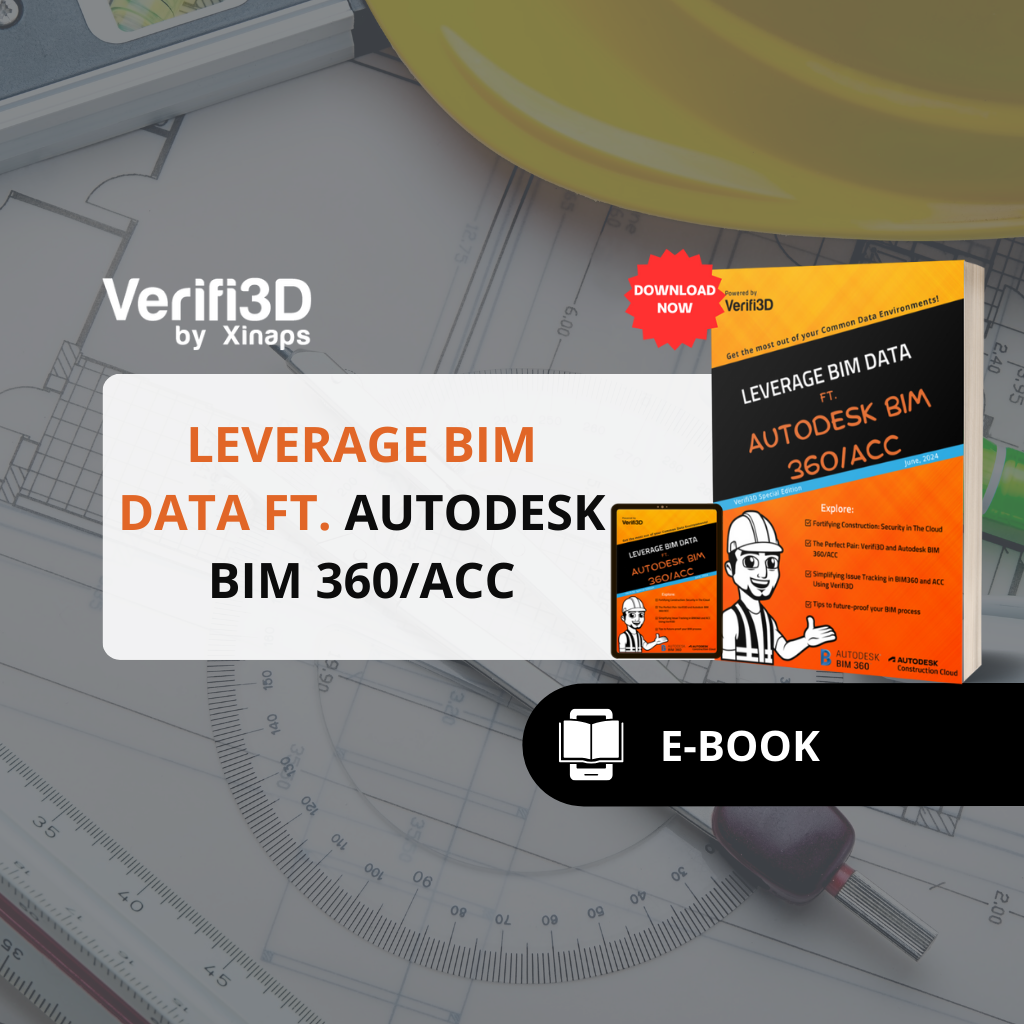
F1 toegepast op Ontwerp + bouw
There is nothing quite like the moment of elation when you have become a champion. It is a brief moment of perfection that is the culmination of smart work, determination, deliberate practice and flawless execution. When you talk to champions, they all talk about the little things they focus on the attention to the details. Those details often deal with time; hours, minutes, seconds, hundredths or even thousands of a second can be the difference between a championship and second place.
Anyone who follows Formula 1 knows the phenomenon: everything revolves around seconds or less. During qualifying, a fraction of a second is crucial: it makes the difference between pole position and 6th or 7th place. But during the race, this difference can be as much as two laps. Why this difference?!
There are several reasons for this. Consider strategic choices made by teams around fuel and tyres, position on the grid and the driving style of the driver. In short, qualifying is all about maximum speed for a short period of time, while the race itself is a long and complex battle, where numerous factors influence drivers’ performance. Every second determines not only the difference in qualifying, but the entire course of the race.
Parallel to Design + Construction
In F1 each team designs their car to meet specifications and criteria laid down by the FIA and in Architecture the designers design a structure to meet the specifications of the client and the Authorities having jurisdiction over the location where it is going to be built.
Each F1 team must then construct the design which is often 16,000 pieces in a set duration to meet the racing season and in Architecture the contractor must contract and build the structure, which can be millions of pieces, in a set duration to meet the contract requirements.
F1 is the mixture of design, engineering, human physical performance, data science, heuristics, teamwork, money, and guts. Design + Construction is the mixture of design, engineering, human physical performance, data science, heuristics, teamwork, money, and guts.
In Design + Construction, very few have ever done the math that 8 hours = 28,800 seconds and that a $ 21,000,000 month in Work In Place equates to $1,000,000 per day divided by 28,800 seconds = $ 34.72, but there are a few who are striving for that championship who done the calculations.
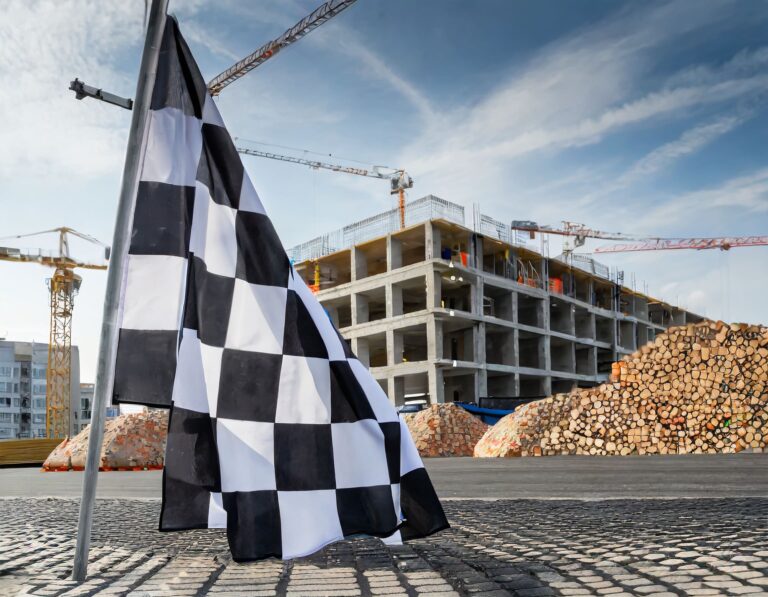
In F1 superior design reduces defects that slow the assembly of the car through lost time of rework or slow the car during a race because it does not perform optimally. A superior design also breeds confidence in the humans who work with the car or drive the car enabling them to push the outside of what is possible reducing the time that outside influences such as weather or car crashes could affect them.
In Design + Construction, there are exponentially more pieces to assemble under time constraints affected by the weather and issues beyond our control, and yet we do not always see the similarities or take advantage of the tools and concepts used in F1.
Designed in quality and digitization can make seemingly insignificant differences at the beginning of a project and can have huge consequences for the end result. Fragmented information, disconnected processes, and different file formats of BIM models affect the quality of construction data. These factors, in turn, can lead to inaccurate decision-making, delays, and expensive remedial work and can even make the difference between profit or loss in a construction project.
To avoid these problems, it is crucial to pay attention to details from the start of a construction project, just like during qualifying races in Formula 1. An efficient process, seamless collaboration and identifying errors in the design process can spot potential problems before they grow into major issues.
Make a difference with model control
Committing to model checking is the first step for this. At Xinaps, we strongly believe that good model checking at the beginning of a project gives huge benefits at the end. Model checking tools optimize the design process and ensure accurate and reliable models. A good model checking tool can mean the difference between a successful project and significant losses.
So pay attention to the smallest details from the start. Just as this helps drivers maintain their lead, a good model control tool like Verifi3D can ensure successful project completion right from the design process. So, ready to take your construction project to pole position?!
Opmerking: This Blog references Verifi3D now evolving into Solibri CheckPoint. Learn more about Solibri CheckPoint hier.
Join Chris Heger and Ward Turkyeh in our upcoming webinar, “BIM model checking – From pit stop to project site” on the 14th of March 2024.
Heeft u ons webinar “BIM-modelcontrole - van pitstop tot projectlocatie” van Chris Heger en Ward Turkyeh gemist?!


